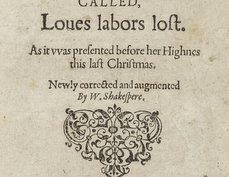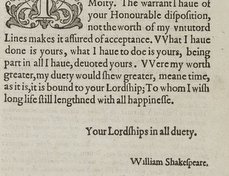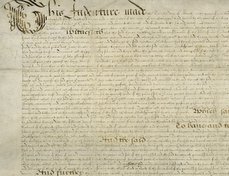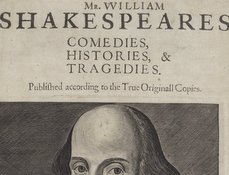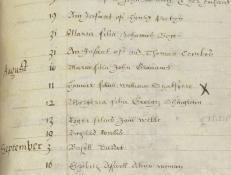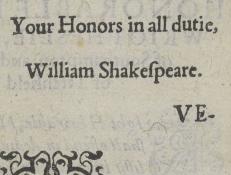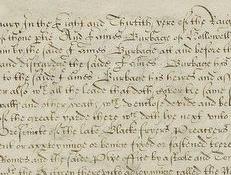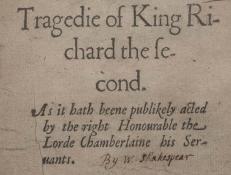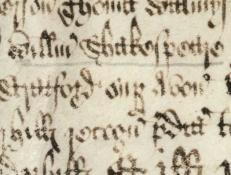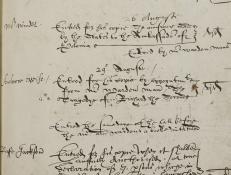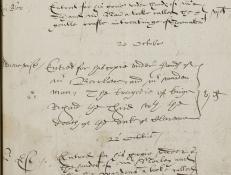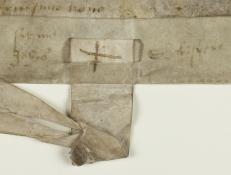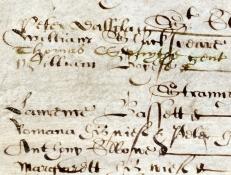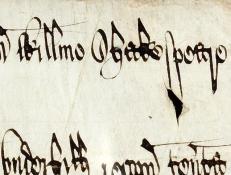Shakespeare Documented is still growing! Currently, two thirds of the descriptions and 98% of the images are available in the resource. Descriptive text will continue to be added, updated and expanded. Visit our About page to learn more about the project scope.
EXPLORE THE DOCUMENTS BY CATEGORY
SHAKESPEARE DOCUMENTED IS STILL GROWING
Descriptive content and transcriptions will continue to be added, updated and expanded. Check back for regular updates!
Filter the documents by tag(s)
August 11, 1596
Hamnet, William and Anne Shakespeare’s only son, was buried on August 11, 1596, according to the Holy Trinity Church parish register. Next to the entry, an “X” added by a later hand highlights its significance. He was eleven years old.
1596
The fourth edition of Shakespeare's popular narrative poem Venus and Adonis was published in 1596, three years after the first edition. This fourth edition was the last to be printed by Richard Field and sold by John Harrison.
February 4, 1596
In 1596 the actor and theater builder James Burbage bought property in Blackfriars, a London neighorhood on the site of a former monastery. His purchase included “seven great upper rooms as they are now divided” as well as some lower rooms and adjoining staircases and yards.
1597
Shakespeare’s Richard II made its debut in print in 1597, approximately two years after the play’s original performance on stage.
May 4, 1597
For further details about the 1597 exemplification, see the general essay for Shakespeare's purchase of New Place.
August 29, 1597
Richard II was entered into Liber C of the Stationers' Company on August 29, 1597. The title as entered reads "The Tragedye of Richard the Second".
October 20, 1597
Richard III was entered into Liber C of the Stationers' Company on October 20, 1597.
January 26, 1597
On January 29, 1597 John Shakespeare sold his neighbor, George Badger, a strip of land on the north-western boundary of John’s Henley Street property (now known as the Birthplace). The conveyance shown here is in Latin.
November 15, 1597
Lay subsidies were a type of tax based on personal wealth. In London, the collection of subsidies was managed at the local level of ward and parish. Each collection typically generated one lay subsidy roll and one default roll for each ward.
May 8, 1597
In May 1597, the freehold title to New Place passed from William Underhill to William Shakespeare. This would normally have been recorded in a formal deed of conveyance, signed by the both parties.

